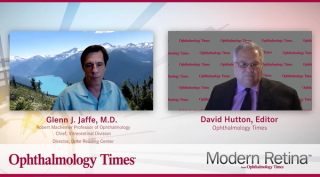
Ophthalmology
Latest News

Final patient completes treatment in ZETA-1 Phase 2b diabetic retinopathy clinical trial

First patient enrolled in Phase 2 study of D-4517.2 for treatment of wet AMD, DME
Latest Videos

CME Content
More News
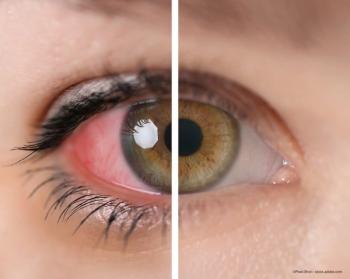
Researchers at the University of Bonn are evaluating a new imaging technique for the diagnosis of posterior uveitis.

A synopsis of the findings presented at EURETINA 2022 for ophthalmologists and retina specialists.

According to data from Prevent Blindness, there were more than 26,000 sports-related eye injuries treated in the United States last year.
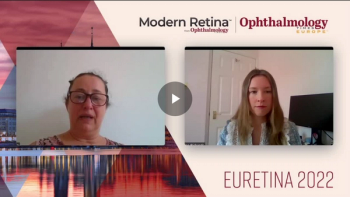
Tunde Peto, MD, PhD, shares some ophthalmic initiatives she's excited about in light of EURETINA 2022.

The white noise and classical music listened to by the preterm infants during ROP examinations showed positive effects on pain and heart rate and oxygen saturation values.

At the 1-month evaluation, the full-field stimulus threshold had median decrease of -33.2 decibels (dB) (-33.7; -19.8) dB, which remained stable until the last assessment. Visual fields and visual acuity did not change significantly.
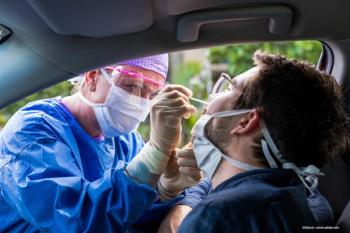
They advised that clinicians should be aware of this spectrum of retinal involvement after COVID-19 infections and emphasized the importance of a fundus evaluation.

Tunde Peto, MD, PhD, discussed two of her presentations at EURETINA 2022: "UK Biobank retinal imaging grading: methodology, baseline characteristics and findings for common ocular diseases" and "Retinal phenotyping of different variants of Alzheimer’s disease using ultra-widefield imaging."
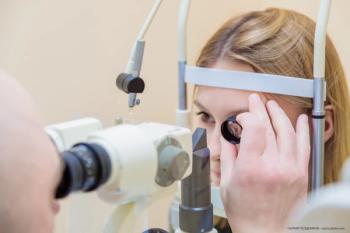
The investigators explained that elevated angle-closure-related intraocular pressure may aggregate the visual impairment in patients with retinitis pigmentosa.

The Phase 2 Altitude study is an open-label, randomized, controlled, dose-escalation evaluation of RGX-314, evaluating the efficacy, safety, and tolerability of suprachoroidal delivery of RGX-314 in patients with moderately severe/severe non-proliferative diabetic retinopathy or mild proliferative diabetic retinopathy.
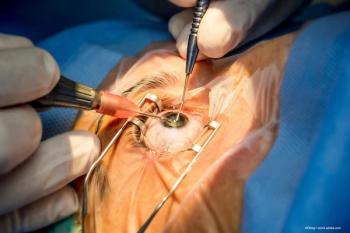
European investigators describe how they address complications associated with silicone oil endotamponade in vitreoretinal surgery.
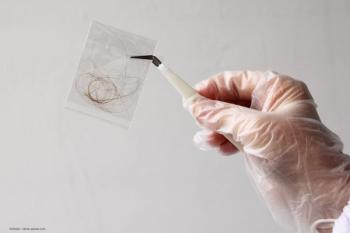
Patients with RP experience greater levels of stress and anxiety than individuals in the general population and that the level of stress can be measured easily and non-invasively in hair.

Dara Conlon, Executive Vice President of EURETINA, and Prof. Anat Loewenstein, General Secretary of EURETINA, discuss some key features of this year's Congress.

Researchers in Trinity’s School of Genetics and Microbiology developed a new gene therapy, ophNdi1, that shows promise for treating the dry form of age-related macular degeneration (AMD).

Gene therapy has partly restored the function of the retina’s cone receptors in two children who were born completely colorblind, reports a new study led by UCL researchers.

Researchers have suggested numerous theories about the etiology of myopia that include accommodative-lag, peripheral hyperopic defocus, light environment, lifestyle, and environment, but the cause remains unknown.

According to the company, results showed increased effects over time with pegcetacoplan, with treatment effect accelerated between months 18 and 24.
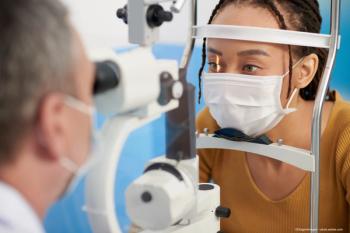
This affordable device allows the view through a slit lamp to be shared in real time or recorded, for teaching and reference purposes.

The deal will expand Alcon's footprint in the ophthalmic pharmaceutical space and is expected to add broader pharmaceutical R&D capabilities to existing commercial efforts.

The stated core foundation of the Women in Retina program is that “the best innovations happen when diverse people with different perspectives collaborate.” The program will help ESRS harness these perspectives and challenge the way things are done and allow for them to be done better.

APOE4 gene associated with Alzheimer’s disease risk was found to protect mice from glaucoma. Research team also prevented retinal ganglion cell death by blocking the APOE signaling pathway, pointing to a potential treatment strategy for glaucoma.

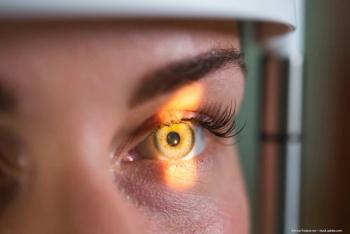
The investigators retrospectively analyzed treatment-naive eyes with DME which received intravitreal treatment with either ranibizumab 0.5 mg or aflibercept 2 mg. All data were collected in the Fight Retinal Blindness! registry.

Researchers at the Medical University of Vienna are focusing on how the retina can be used as a prognostic marker. Analyses revealed that retinal layer thinning as a result of an MS relapse predicts the severity of future relapses and the likelihood of disability.

This discovery provides potential for treatment strategy to prevent blindness from glaucoma.










